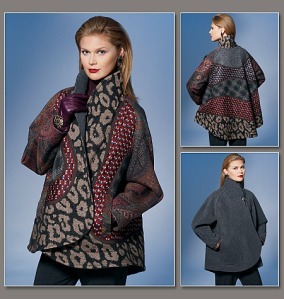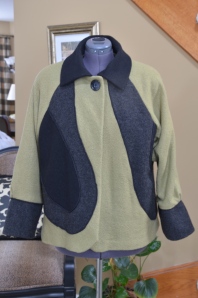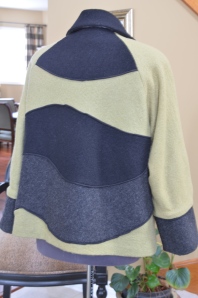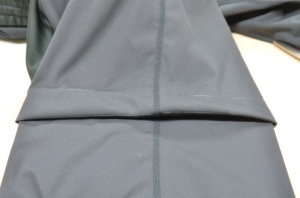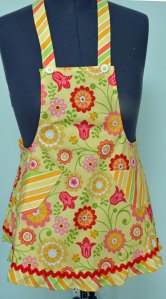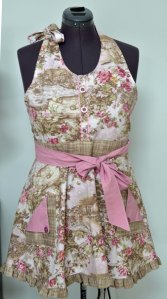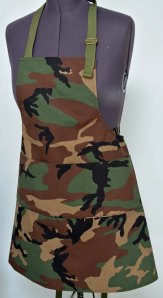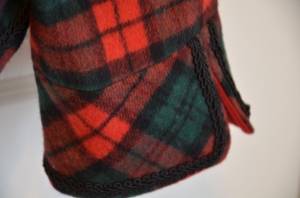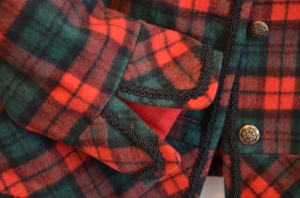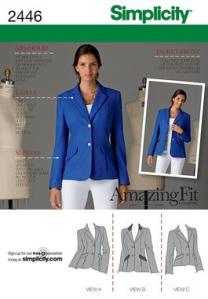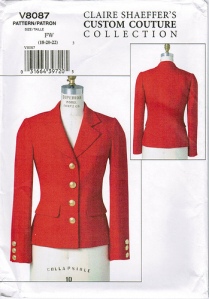I just had to share this post from Colette Patterns, in which Sarai talks about how she organizes her fabric stash. If you’re a fabric-holic, you understand the need to have smart storage, while being able to see at a glance what fabrics you have available for projects.
To date, my attempts haven’t been that successful.
- First, I tried sorting my fabrics by season, then putting them into large plastic bins. But fabrics are so seasonal, that doesn’t always work. I’d have to fish through up to 4 or 5 large bins to find a specific piece of fabric…and if you have fabric in a large bin, it is HEAVY! So you don’t want to be hauling those bins about any more than necessary.
- Then I tried sorting by colour, but it still meant that I would have 2 or 2 1/2 bins of a specific colour, so I still didn’t know where my fabrics lived.
- Then, I just hauled everything out, picked what I thought I would use for the season, and stuck it on the shelf under my sewing table. The rest went back into the bins for another half year. That sort of works, but can take a week or more each time the season changes. So still not a great way of doing things.
Instead, Sarai creates swatch sets of fabrics, based on the bin or box in which they are stored. It’s easy to grab the swatch tag to put it into your wardrobe plan, plus you know exactly where the fabric lives, and how much you have. Genius!
If you have an unmanageable fabric stash, this might be your saving grace. It’s certainly something I’m going to start working on right away!
